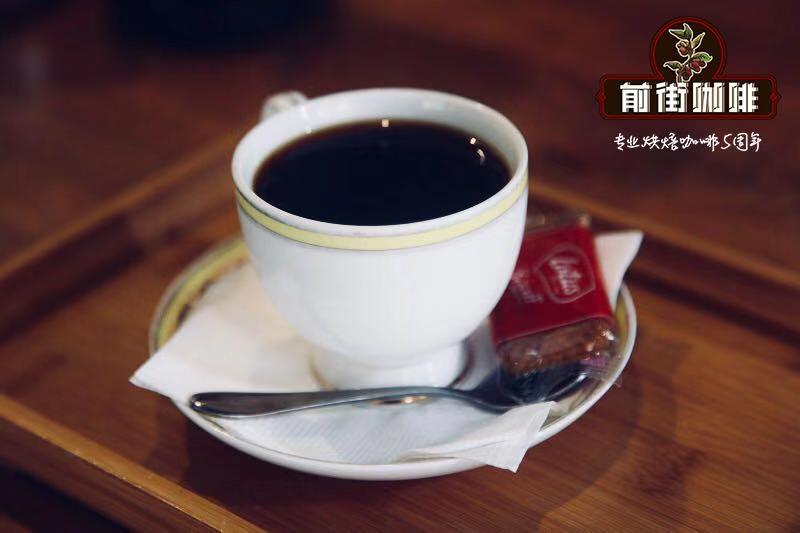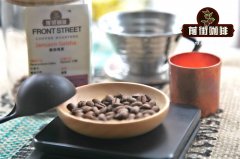Do you know what coffee red honey treatment is?| What is the difference between white honey processing and red honey processing?

Professional coffee knowledge exchange more coffee bean information please follow the coffee workshop (Wechat official account cafe_style)
When it comes to the treatment of coffee, in addition to washing and tanning, there is also a quite common treatment-honey treatment, which is between washing and tanning, which is very common in Costa Rica. And honey treatment is divided into white honey, yellow honey, red honey, black honey and so on, so what is the difference between these honey treatments?
| | Honey treatment |
After Brazil's peeling and tanning method has spread to Central American countries such as Costa Rica and El Salvador, it is called honey treatment after improvement.
Honey treatment is the process of making raw beans by sun-drying with mucous membranes. After the outer pulp of the coffee bean is removed, there will be a layer of sticky jelly, which will be washed off with clean water in the traditional washing method, but because of the water resources limitations of some high-altitude areas, this method of drying directly with pectin was born.
According to the thickness of pectin planing, the length of sunshine time (or drying thickness), and the frequency of turning when drying, honey treatment can be divided into black honey, red honey, orange honey, yellow honey and white honey.
According to the thickness of the pectin:
Black honey: hardly removes pectin, so it takes the longest time to dry and lasts for more than 14 days. In order to avoid drying too fast, cover will be used to block too strong sunlight to make sugar conversion more fully.
Red honey: remove 25% pectin (the specific methods of each manor vary), the sun lasts for about 12 days, and shading sheds may also be used in the process.
Yellow honey: remove 40% pectin and receive maximum light drying for about 8 days.
Some producing areas and estates are distinguished according to the thickness of coffee beans and the number of turns, such as yellow honey and white honey, both retain 20-30% pectin:
Yellow honey: thick layer drying, less turning times, long drying time
White honey: thin layer drying, more turning times, short drying time.
END
Important Notice :
前街咖啡 FrontStreet Coffee has moved to new addredd:
FrontStreet Coffee Address: 315,Donghua East Road,GuangZhou
Tel:020 38364473
- Prev

What is coffee honey treatment? how is coffee honey treated? is coffee honey the key to honey treatment?
Professional coffee knowledge exchange more coffee bean information please follow the coffee workshop (Wechat official account cafe_style) what is honey treatment? Honey treatment, called HoneyProcess or Miel Process, called Honey Coffee, does not mean that coffee beans are covered with honey. The honey here refers to the mucous layer of the coffee pulp. Except for the coffee cherries harvested by peeling machine.
- Next

What is the difference between coffee insolation and washing? what are the advantages of coffee bean washing?
Professional coffee knowledge exchange more coffee bean information please follow the coffee workshop (Wechat official account cafe_style) sun drying this is a relatively ancient and low-cost treatment. The harvested coffee fruit is laid flat on the cement floor or on the sun bed and dried naturally to a moisture content of about 12%. It takes about two to four weeks, depending on the climate of the place of origin. Although it has been treated by the sun method
Related
- Beginners will see the "Coffee pull flower" guide!
- What is the difference between ice blog purified milk and ordinary milk coffee?
- Why is the Philippines the largest producer of crops in Liberia?
- For coffee extraction, should the fine powder be retained?
- How does extracted espresso fill pressed powder? How much strength does it take to press the powder?
- How to make jasmine cold extract coffee? Is the jasmine + latte good?
- Will this little toy really make the coffee taste better? How does Lily Drip affect coffee extraction?
- Will the action of slapping the filter cup also affect coffee extraction?
- What's the difference between powder-to-water ratio and powder-to-liquid ratio?
- What is the Ethiopian local species? What does it have to do with Heirloom native species?

